Which of the following curves does not represent motion in one dimensions?
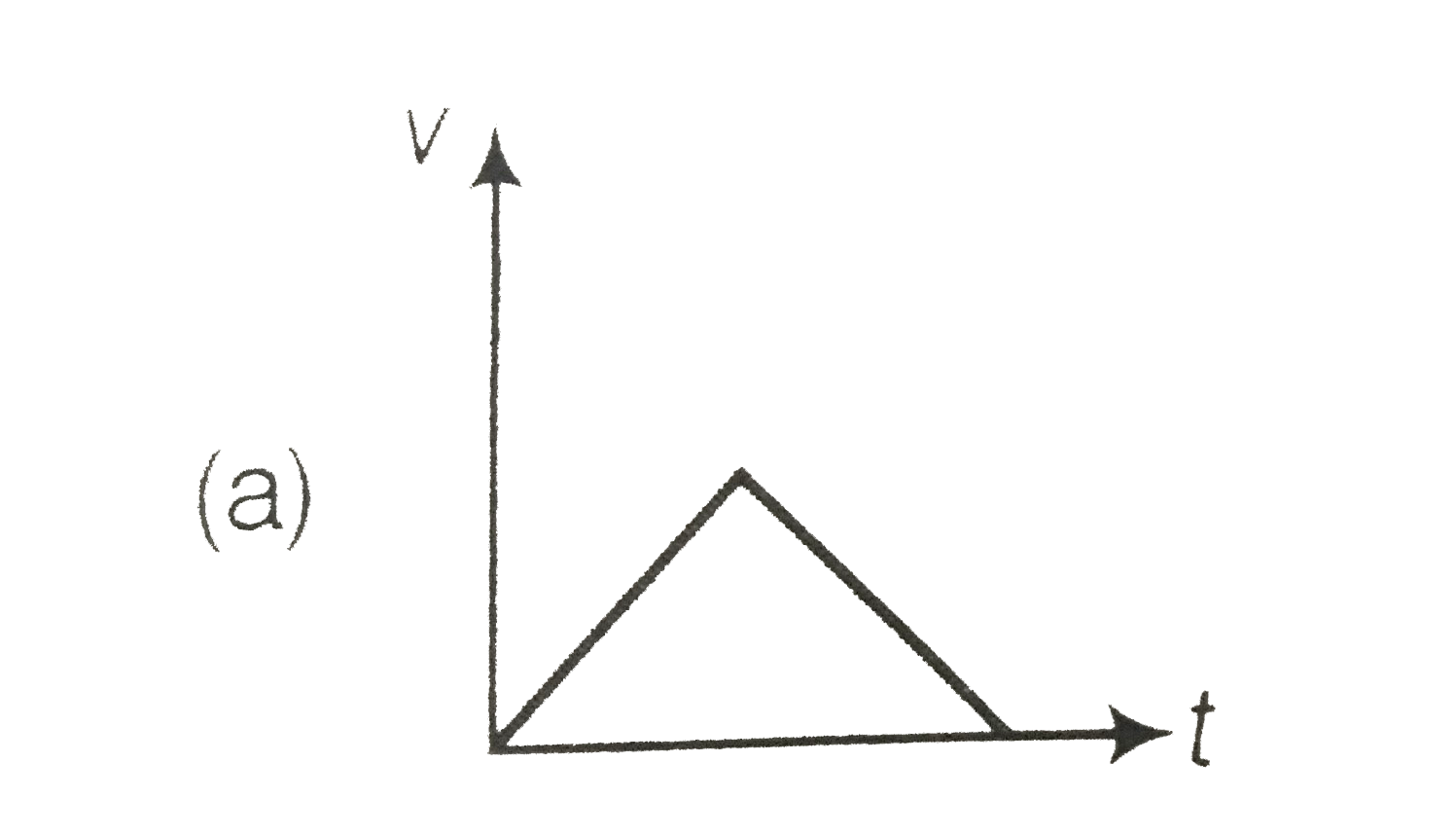
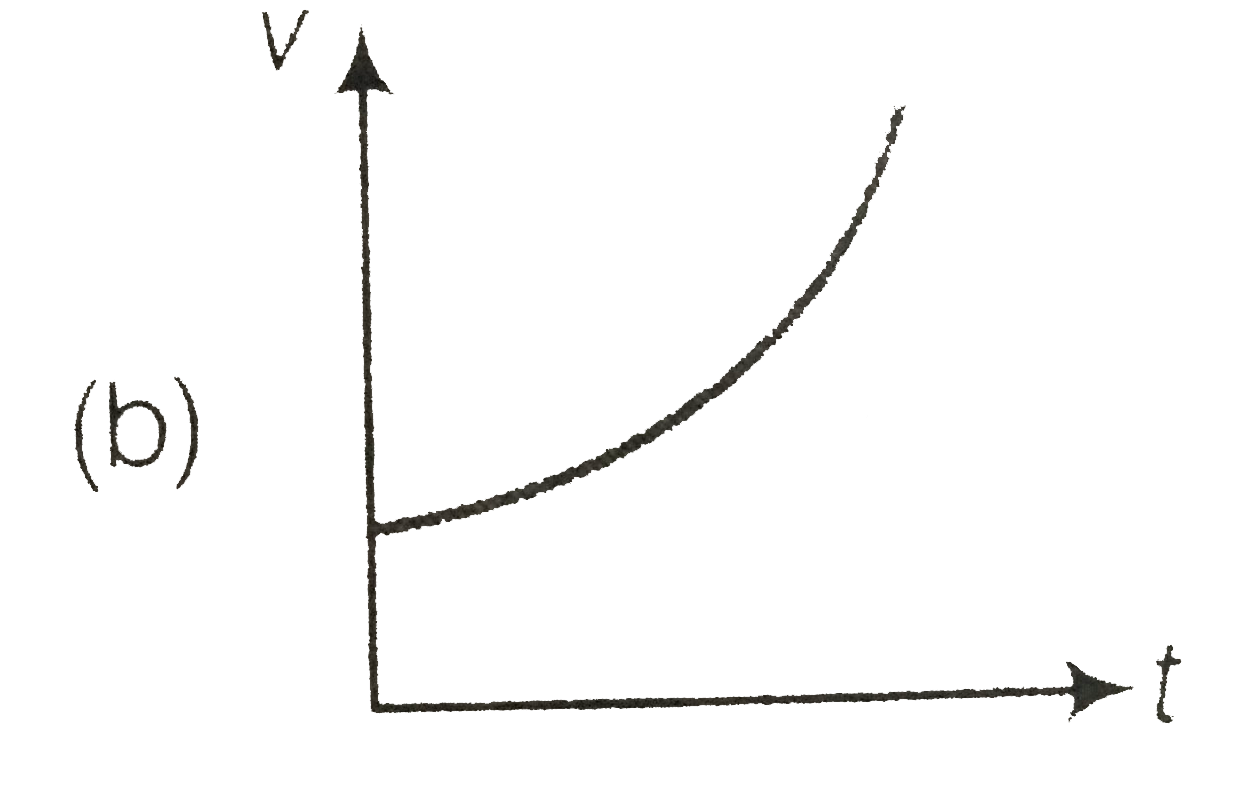
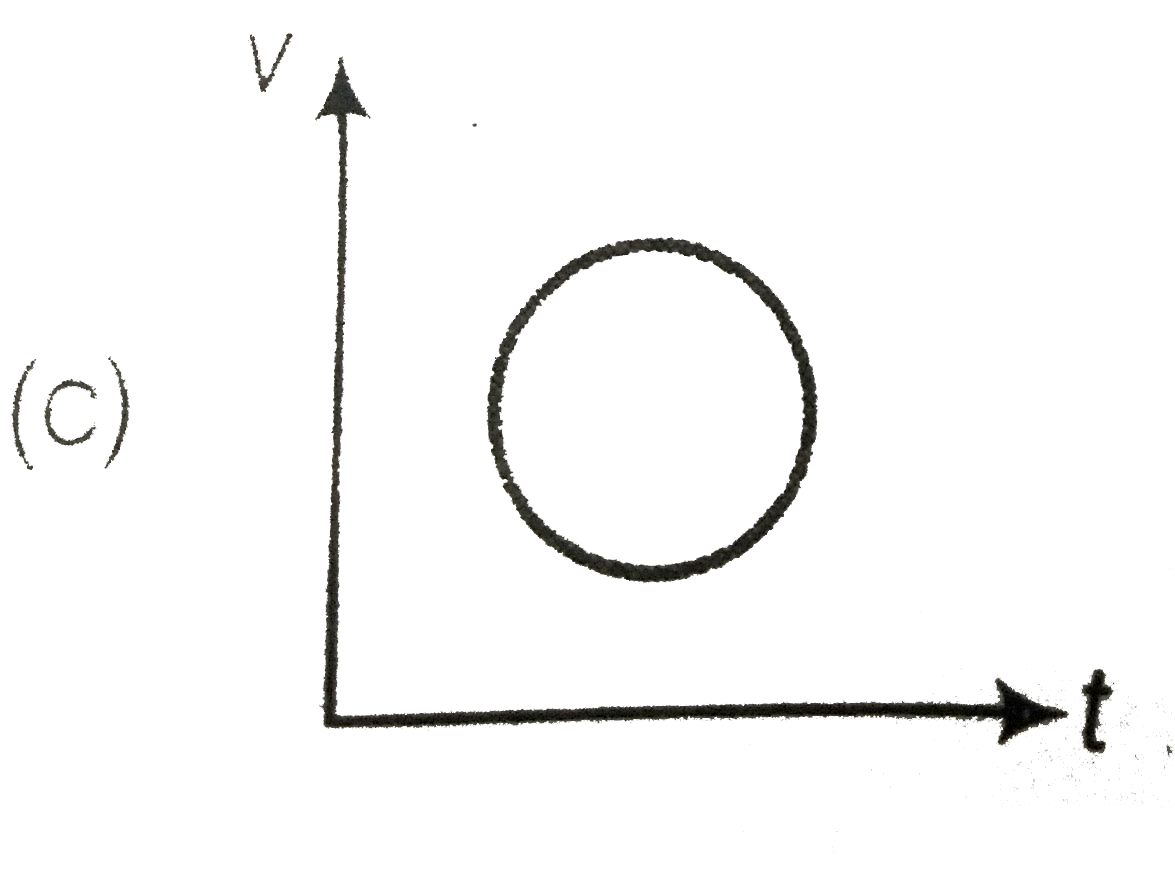
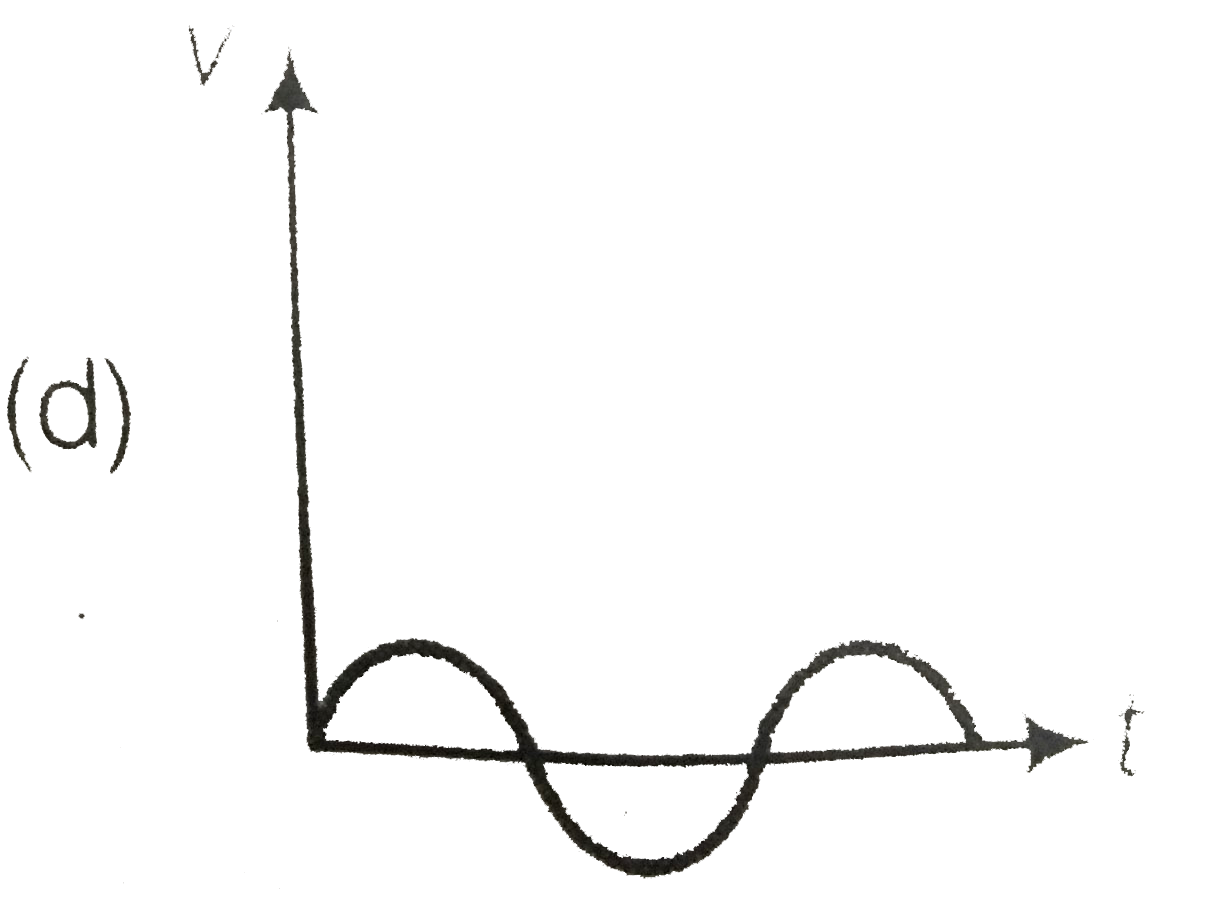
The correct Answer is:C
To determine which of the given curves does not represent motion in one dimension, we can analyze each option based on the characteristics of one-dimensional motion.
1. Understand One-Dimensional Motion:
- One-dimensional motion occurs when an object moves along a straight line. In this case, the object can only have one position coordinate, and its motion can be described by a single variable (e.g., distance or displacement).
2. Analyze the Curves:
- Curve A: This curve shows velocity increasing with time and then decreasing. This is possible in one-dimensional motion as the object can speed up and slow down while moving in a straight line.
- Curve B: Similar to Curve A, this curve also shows velocity increasing with time and then decreasing. This represents a possible one-dimensional motion scenario.
- Curve C: This curve represents a circular motion. In circular motion, the object changes direction continuously, which means it cannot be described by a single position coordinate along a straight line. Therefore, this curve does not represent one-dimensional motion.
- Curve D: This curve shows velocity increasing and then decreasing, which can also represent oscillatory motion. Oscillatory motion can occur in one dimension (e.g., a pendulum moving back and forth), so this is still a valid representation of one-dimensional motion.
3. Conclusion:
- Based on the analysis, Curve C is the only option that does not represent motion in one dimension. It involves two-dimensional motion, as it describes a circular path.
Final Answer:
The curve that does not represent motion in one dimension is Option C.
- One-dimensional motion occurs when an object moves along a straight line. In this case, the object can only have one position coordinate, and its motion can be described by a single variable (e.g., distance or displacement).
- Curve A: This curve shows velocity increasing with time and then decreasing. This is possible in one-dimensional motion as the object can speed up and slow down while moving in a straight line.
- Curve B: Similar to Curve A, this curve also shows velocity increasing with time and then decreasing. This represents a possible one-dimensional motion scenario.
- Curve C: This curve represents a circular motion. In circular motion, the object changes direction continuously, which means it cannot be described by a single position coordinate along a straight line. Therefore, this curve does not represent one-dimensional motion.
- Curve D: This curve shows velocity increasing and then decreasing, which can also represent oscillatory motion. Oscillatory motion can occur in one dimension (e.g., a pendulum moving back and forth), so this is still a valid representation of one-dimensional motion.
- Based on the analysis, Curve C is the only option that does not represent motion in one dimension. It involves two-dimensional motion, as it describes a circular path.
The curve that does not represent motion in one dimension is Option C.
Topper's Solved these Questions
Similar Questions
Knowledge Check
Which of the following curves does not represent motion in one dimension ?
A B
B C
C D
D
Which of the following curves does not represent Boyle's law ?
A B
B C
C D
D
Which of the following curves does not represent Boyle's law?
A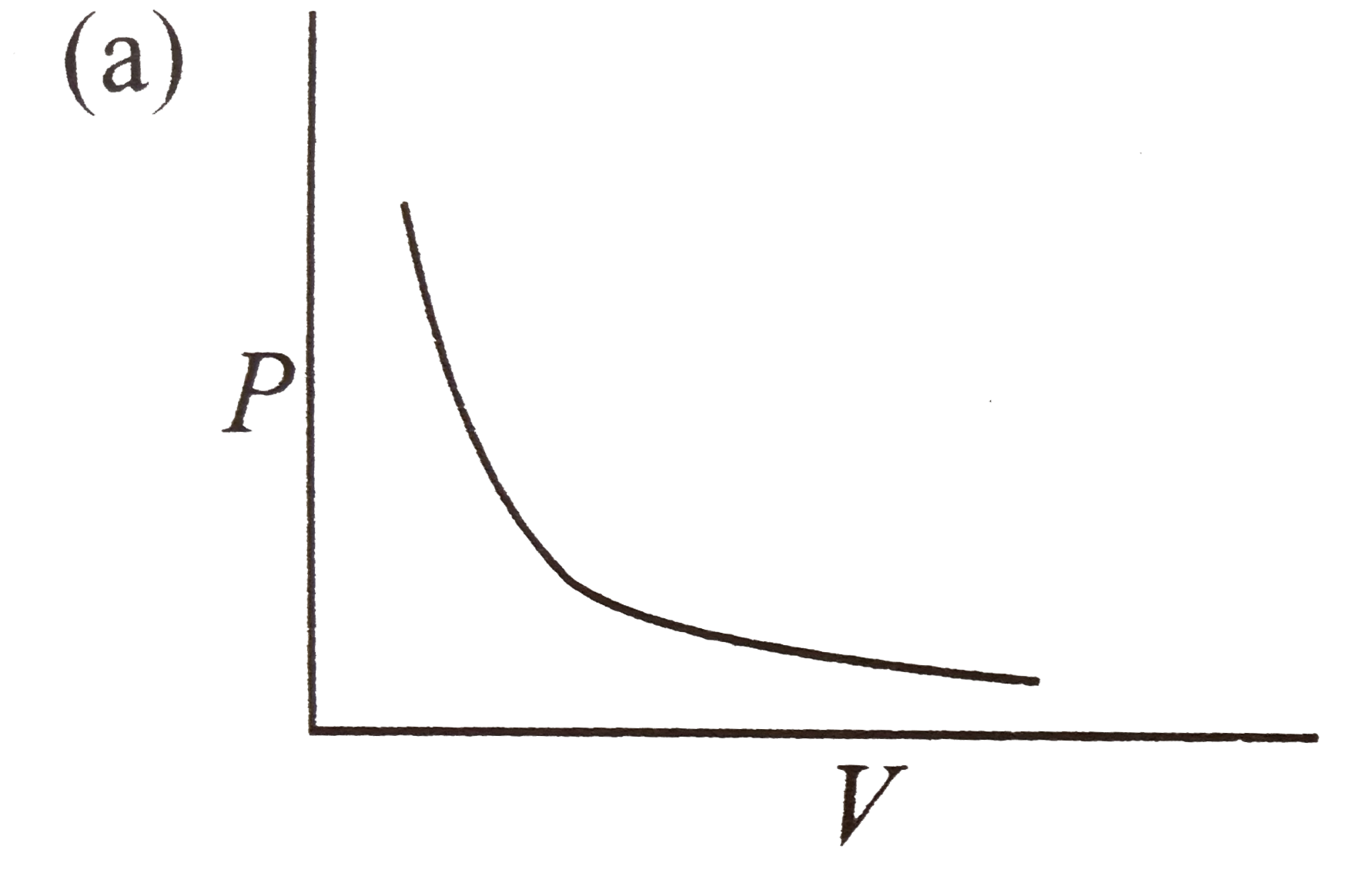 B
B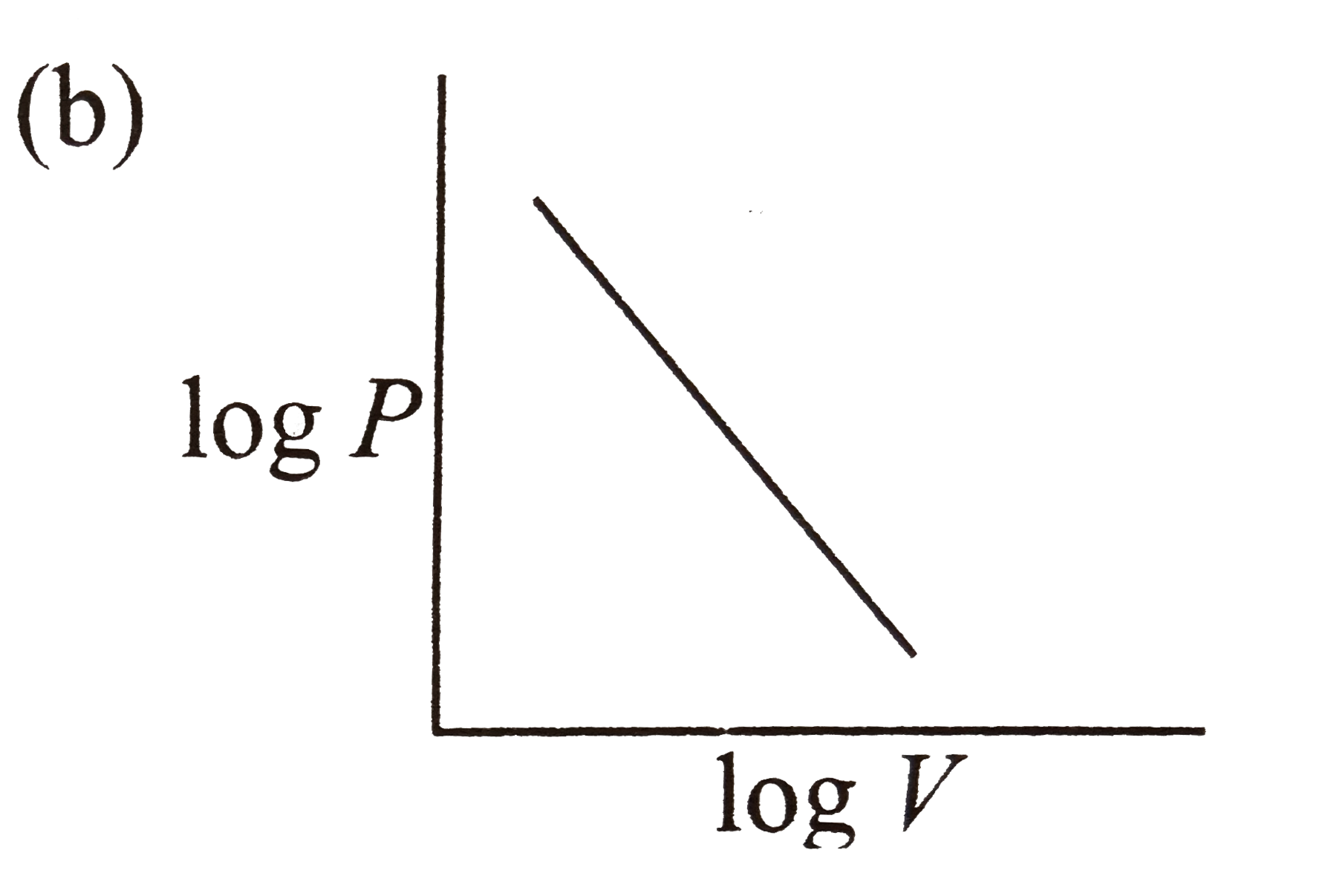 C
C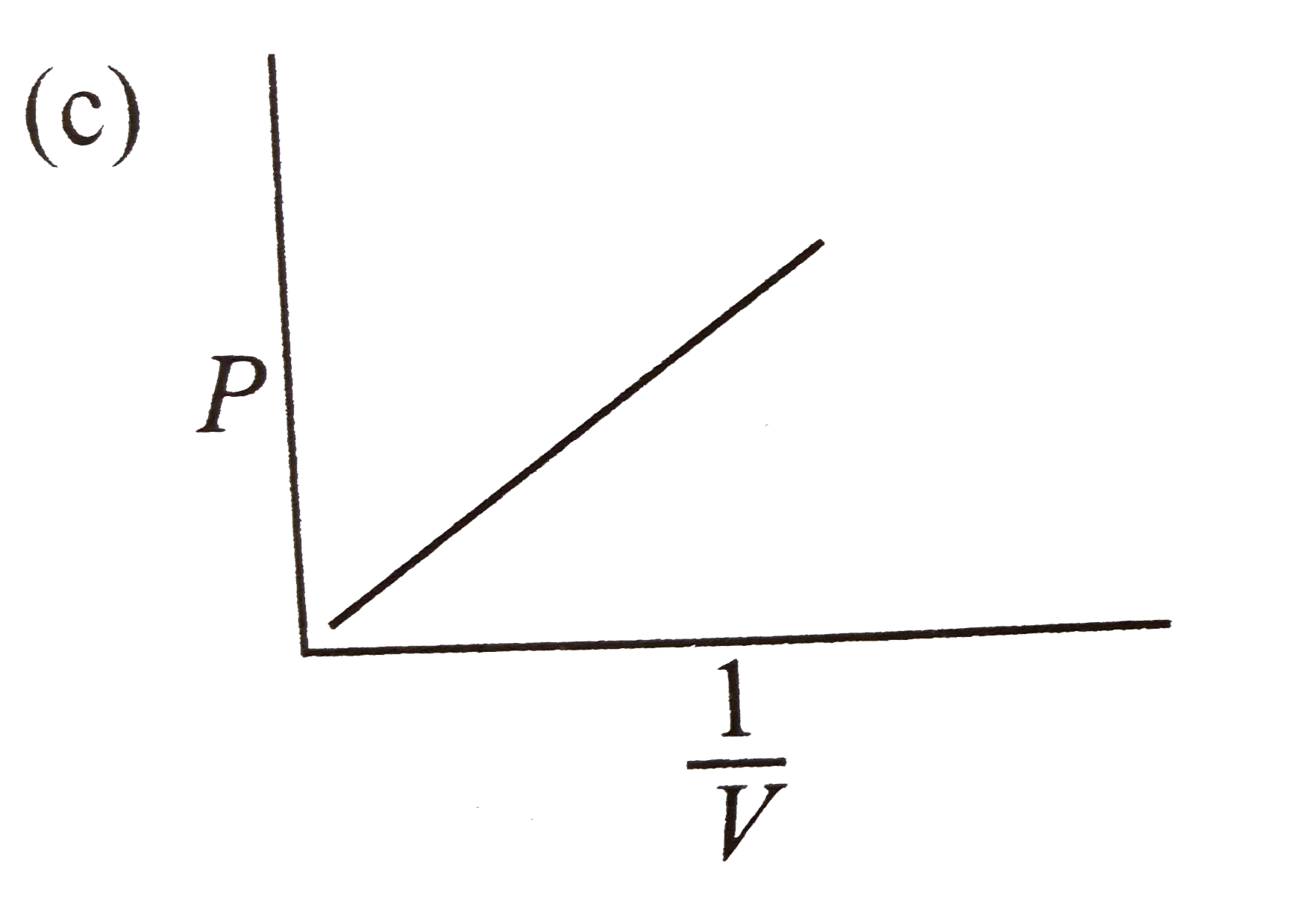 D
D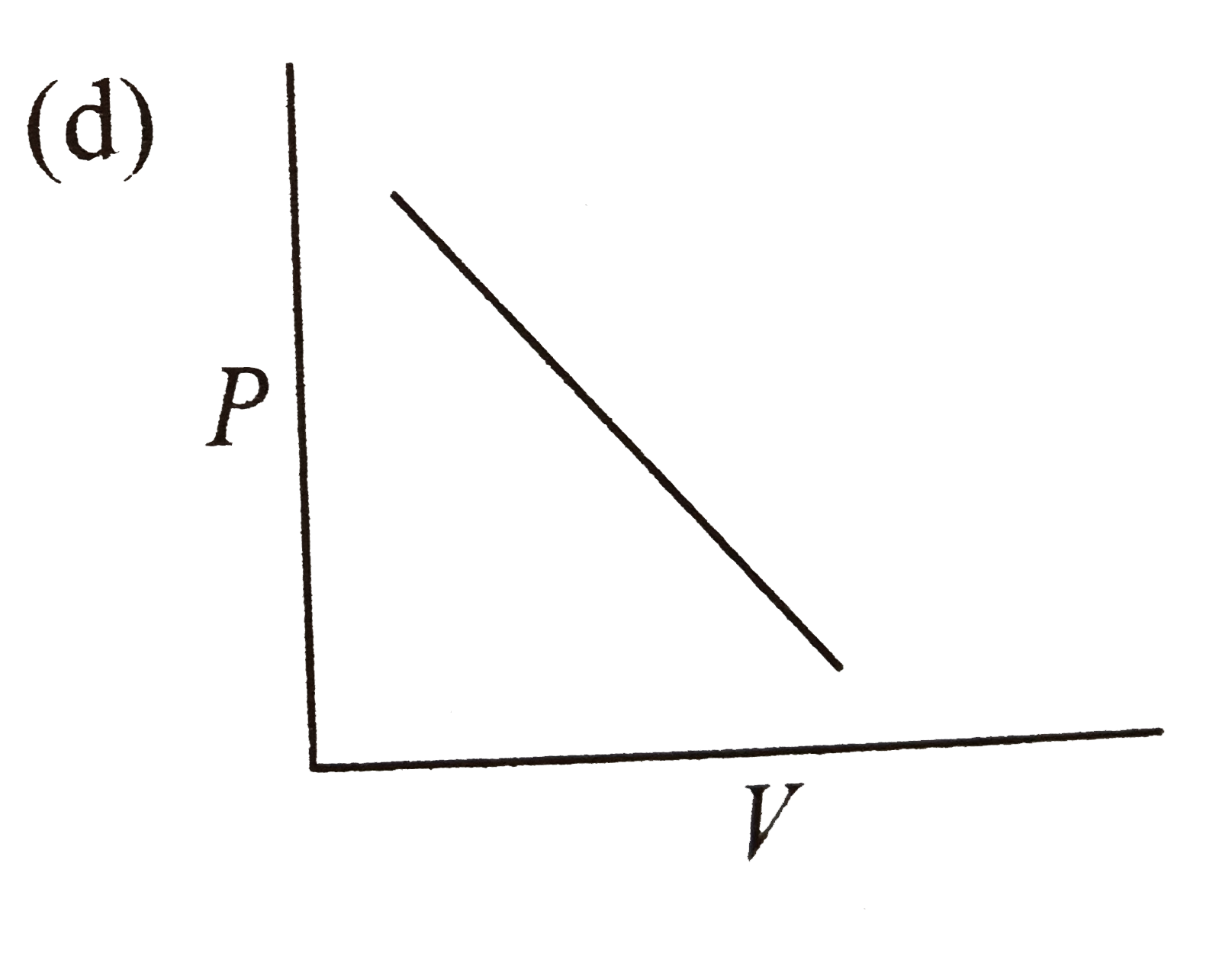
Which of the following curves represent the Henry's law
View SolutionWhich one of the following graphs represents motion?
View SolutionWhich of the following x-t graphs does not represent periodic motion?
View SolutionWhich of the following curve does not represent Gay-Iusacc's law?
View SolutionWhich of the following curves represent(s) Boyle's law?
View Solution
